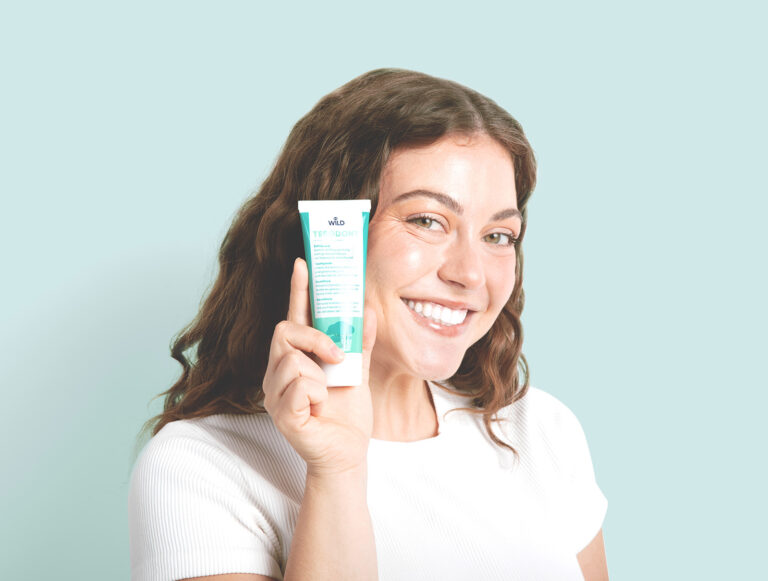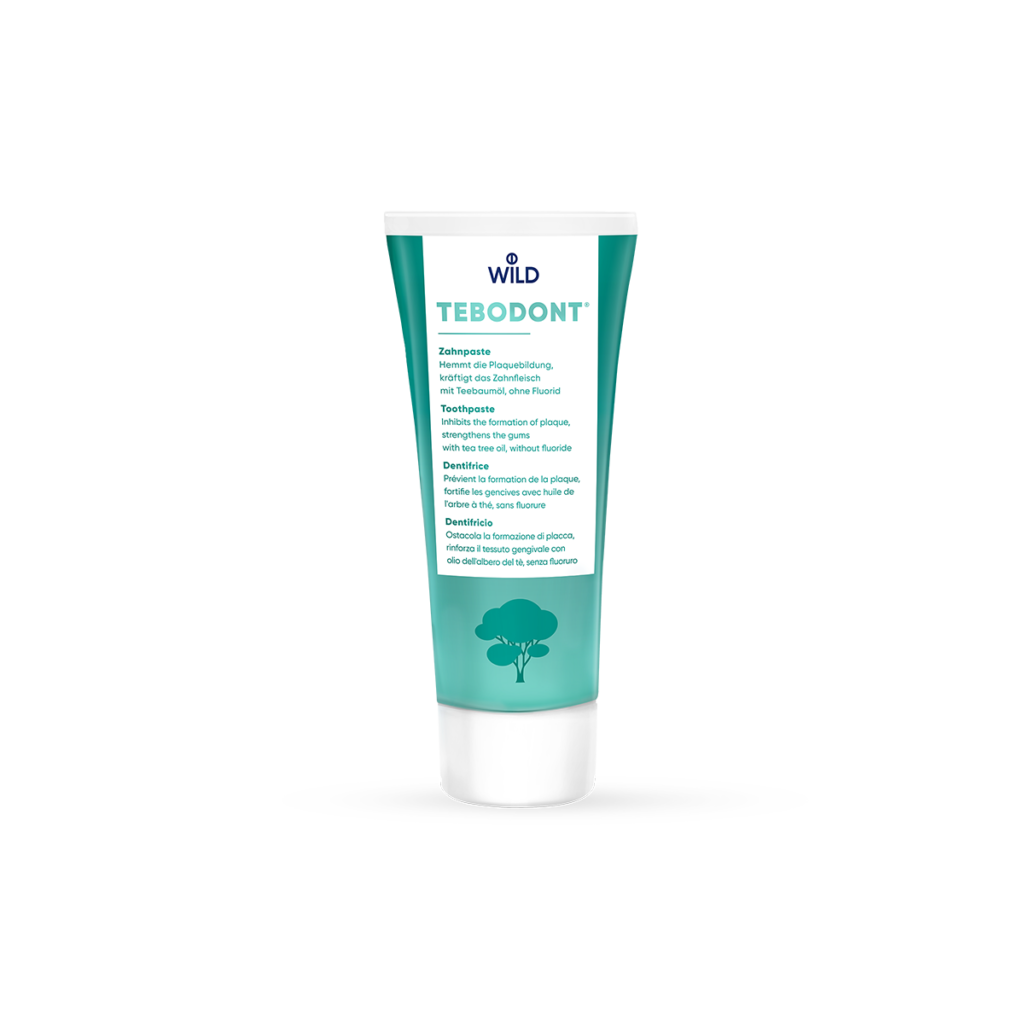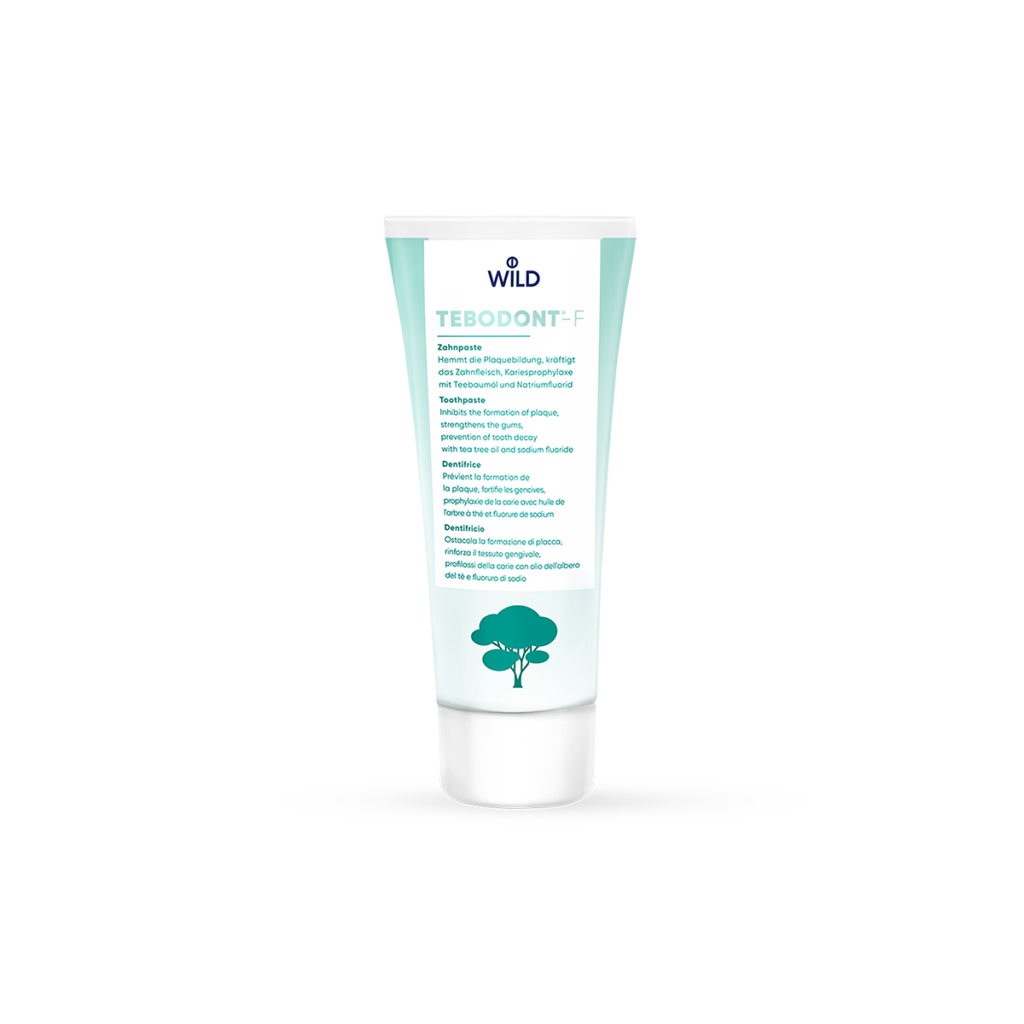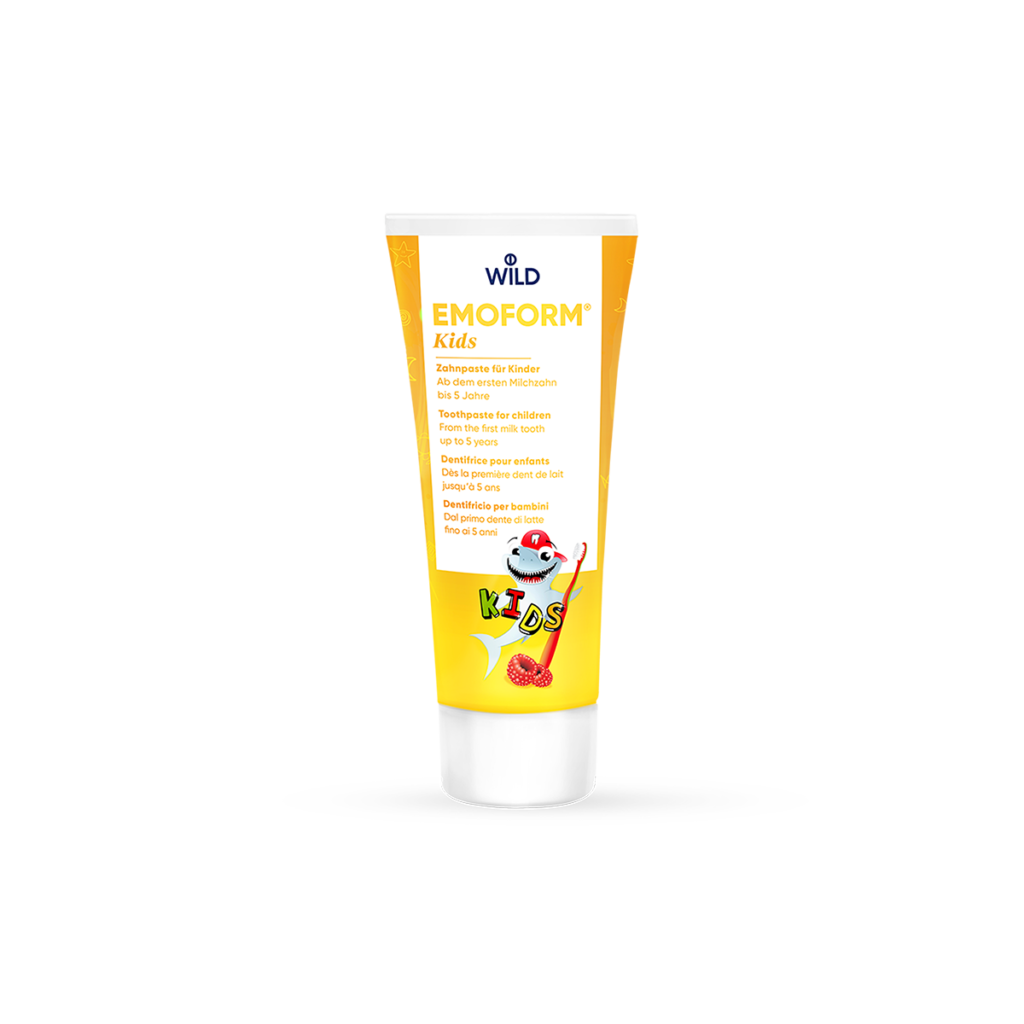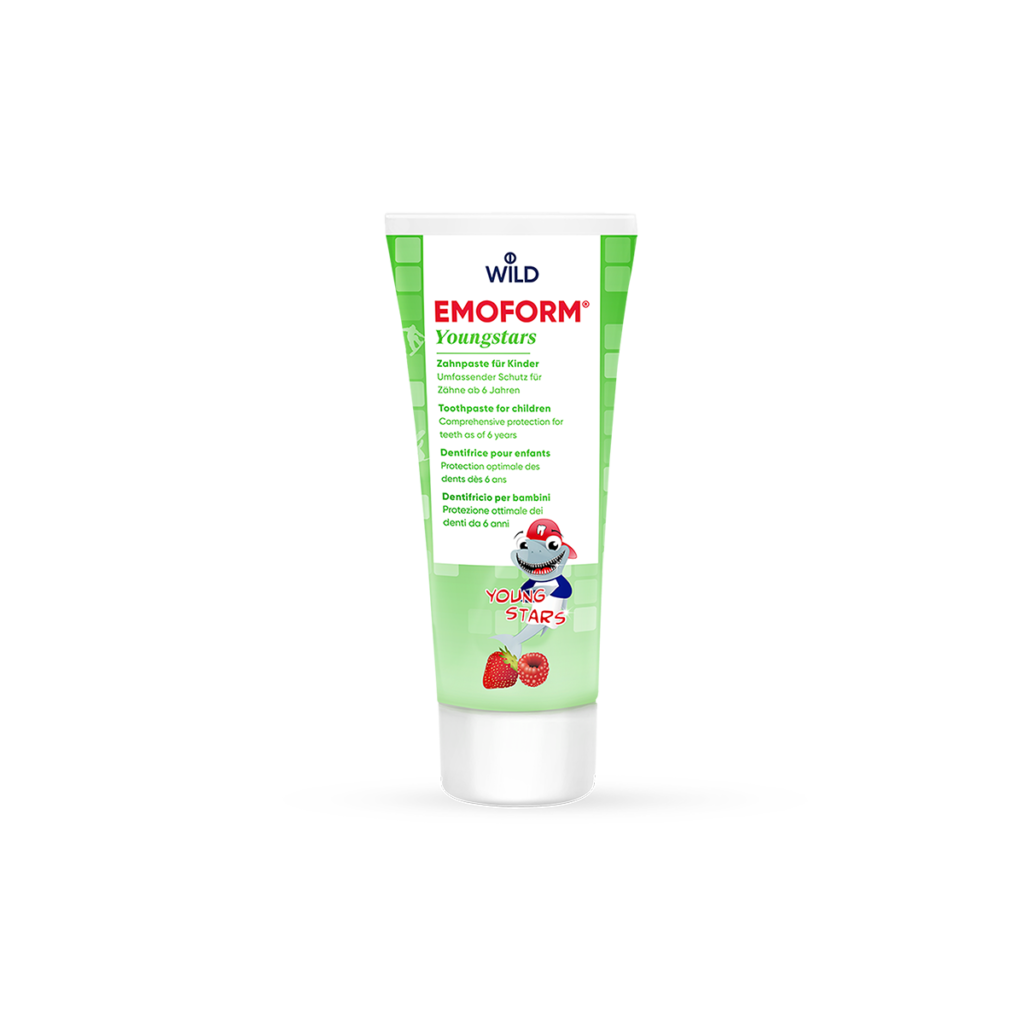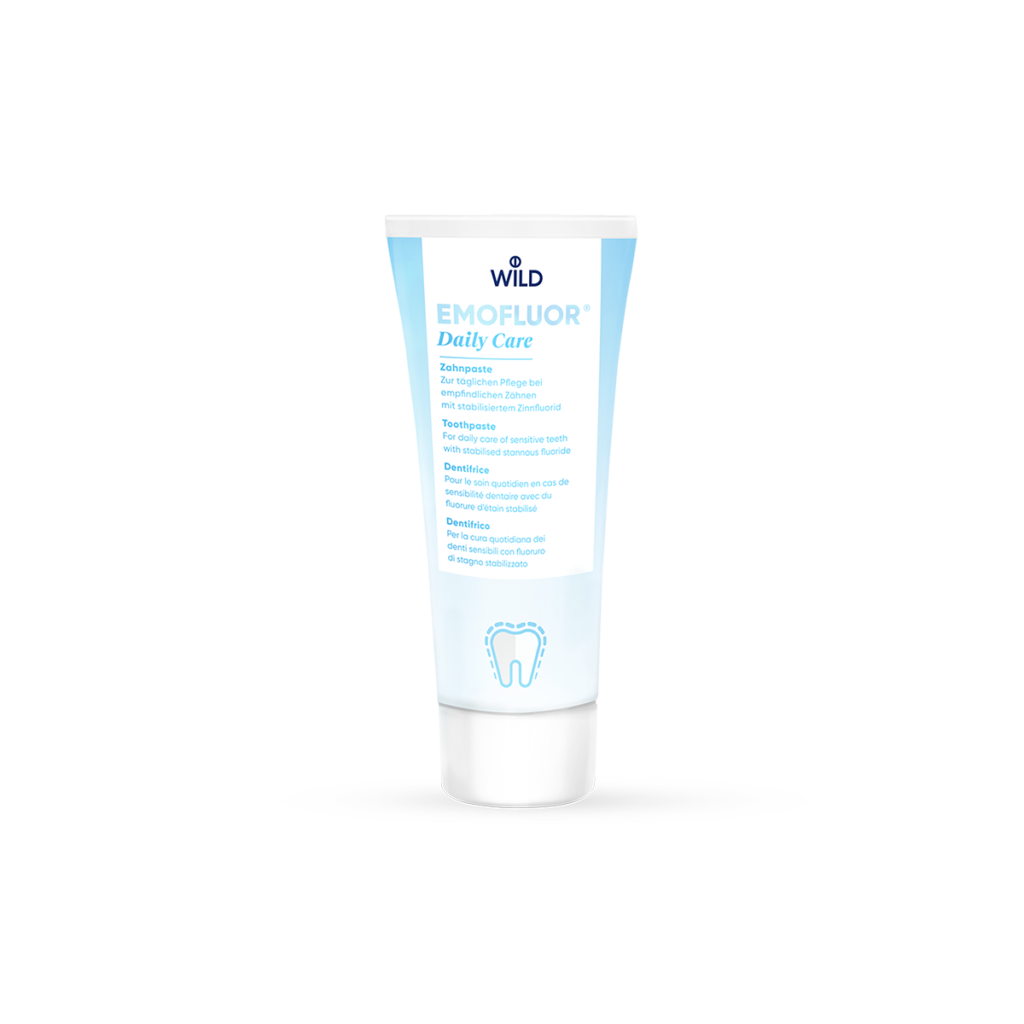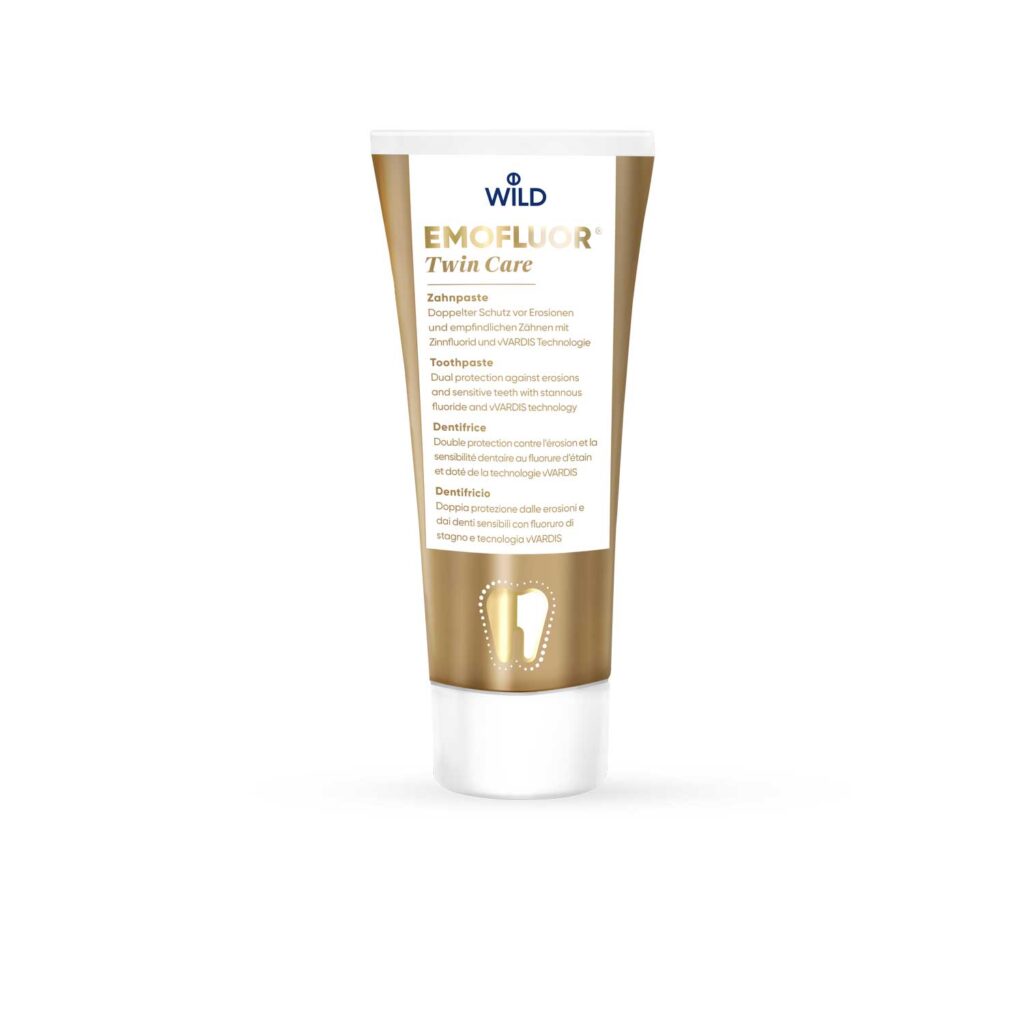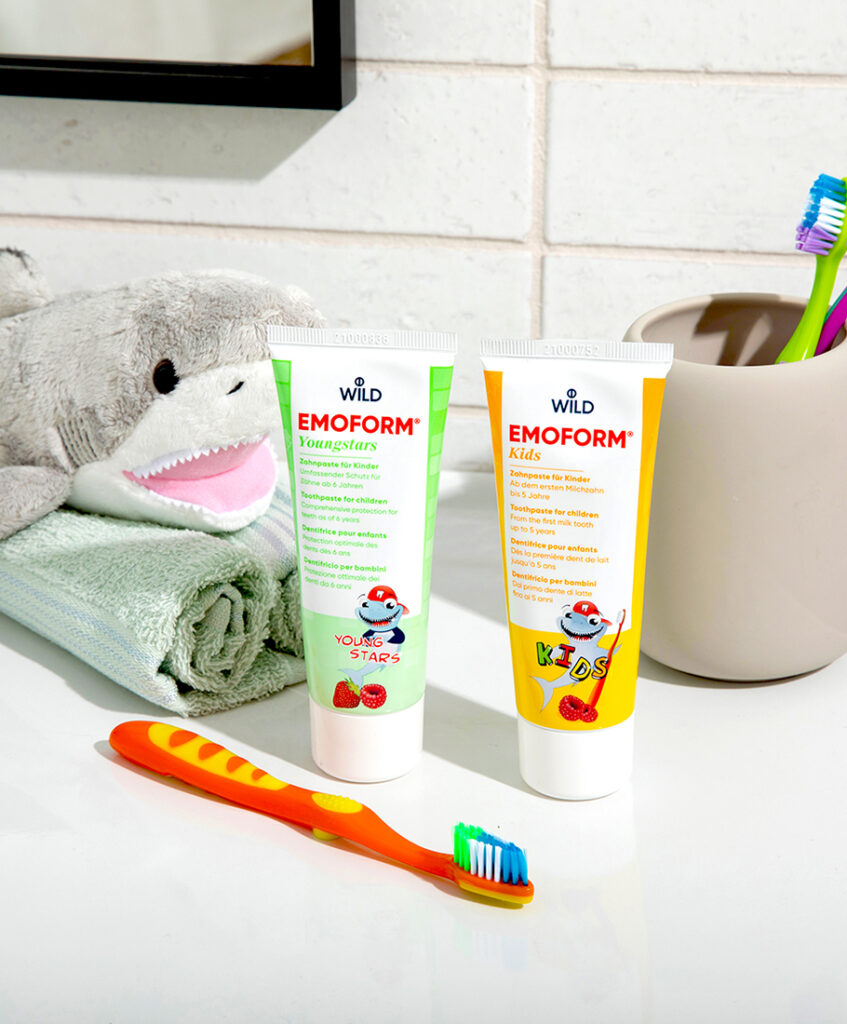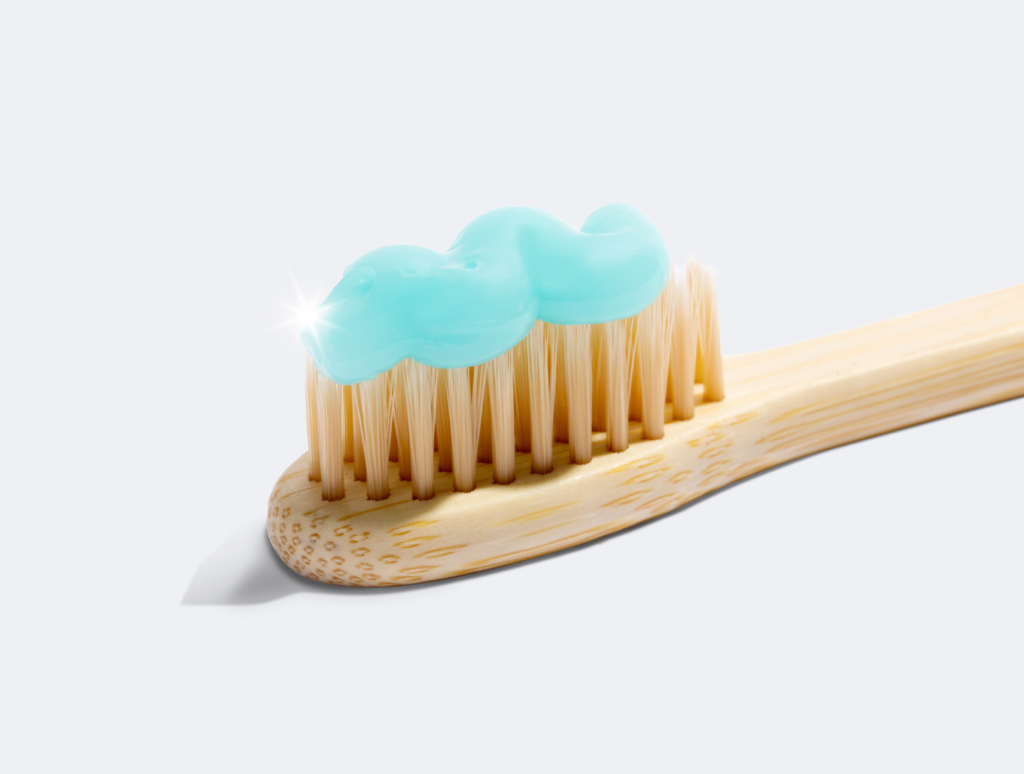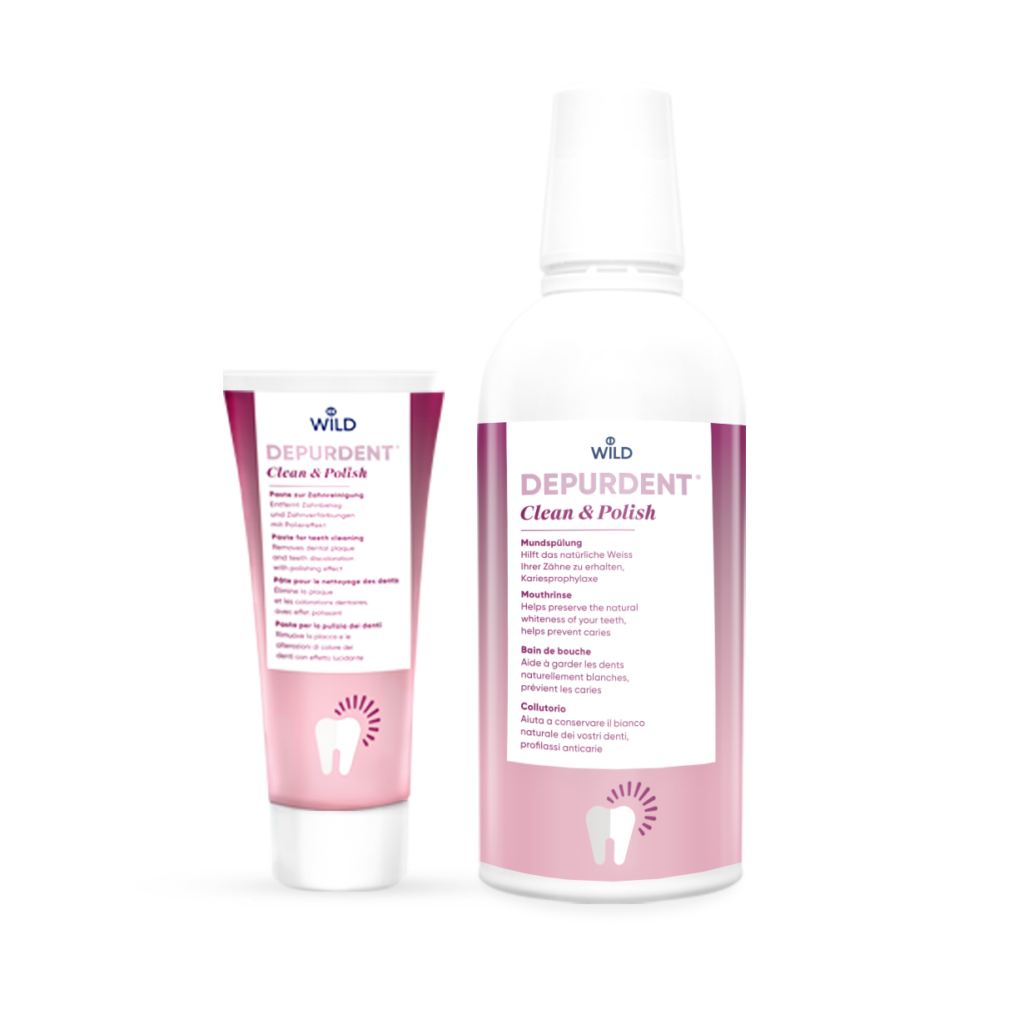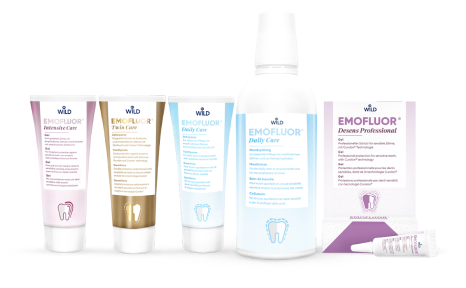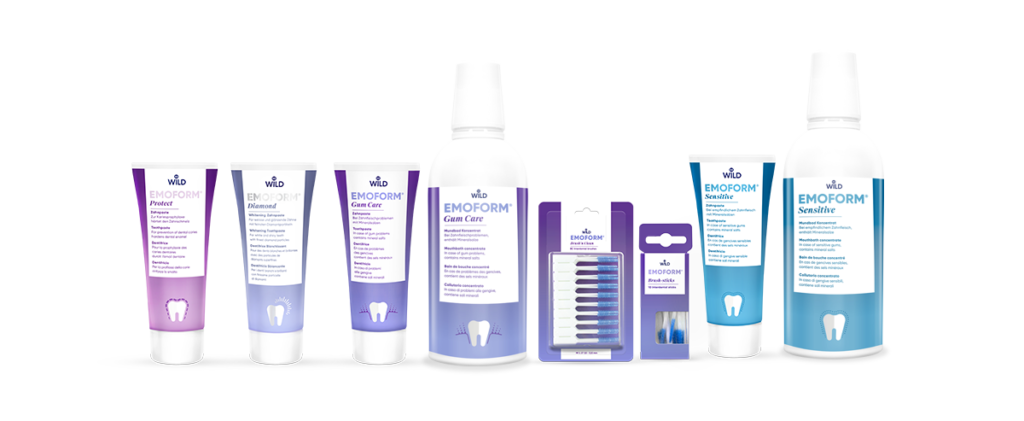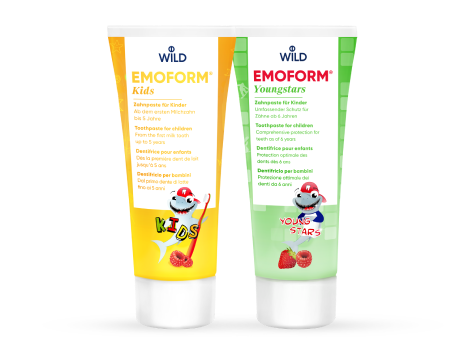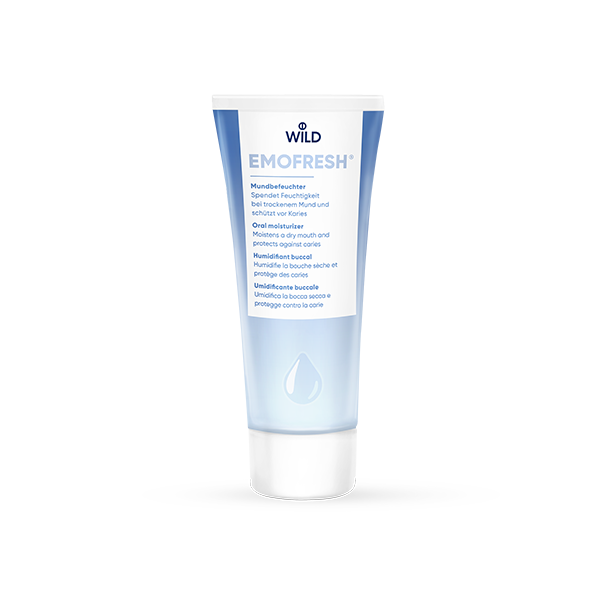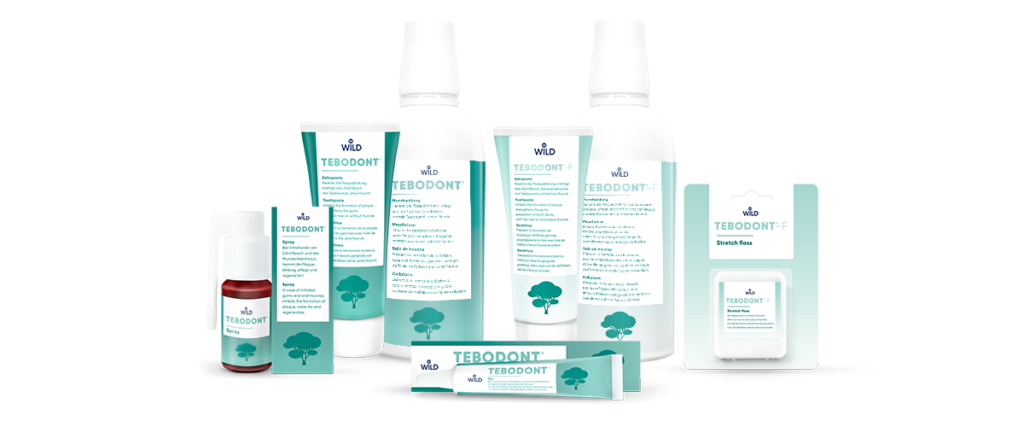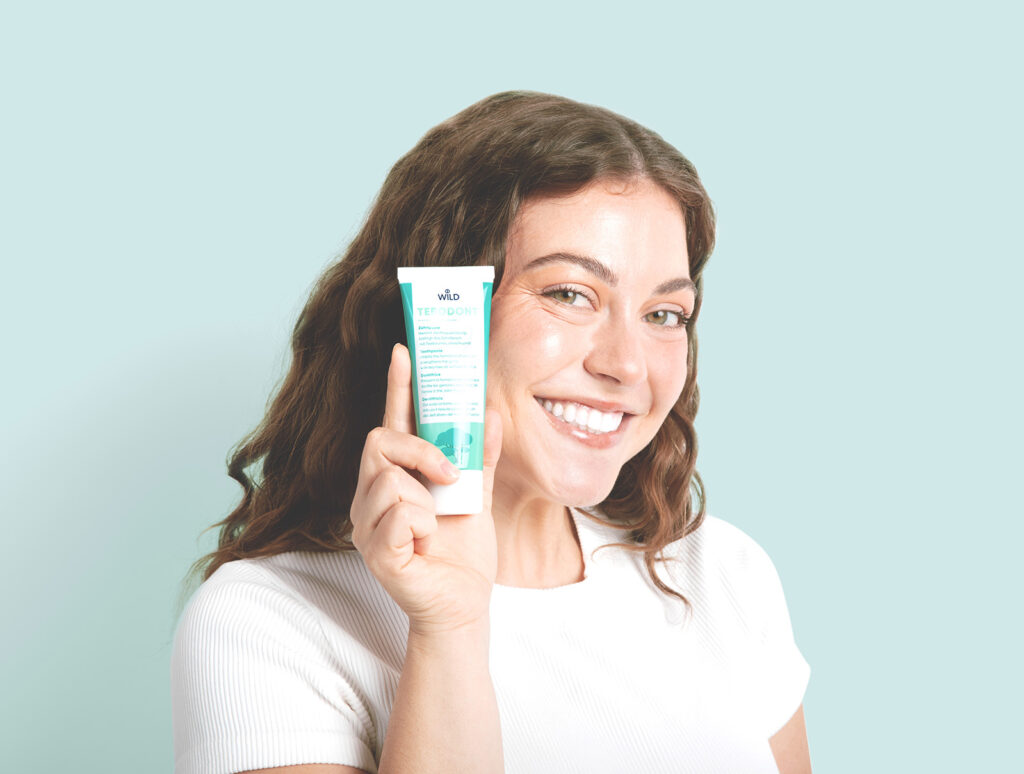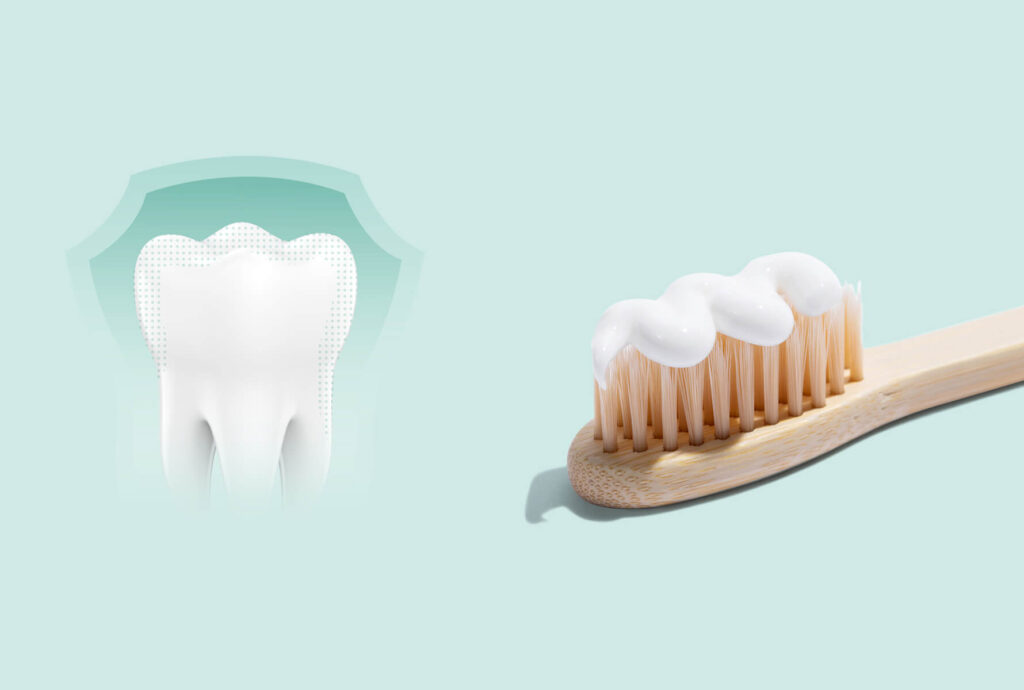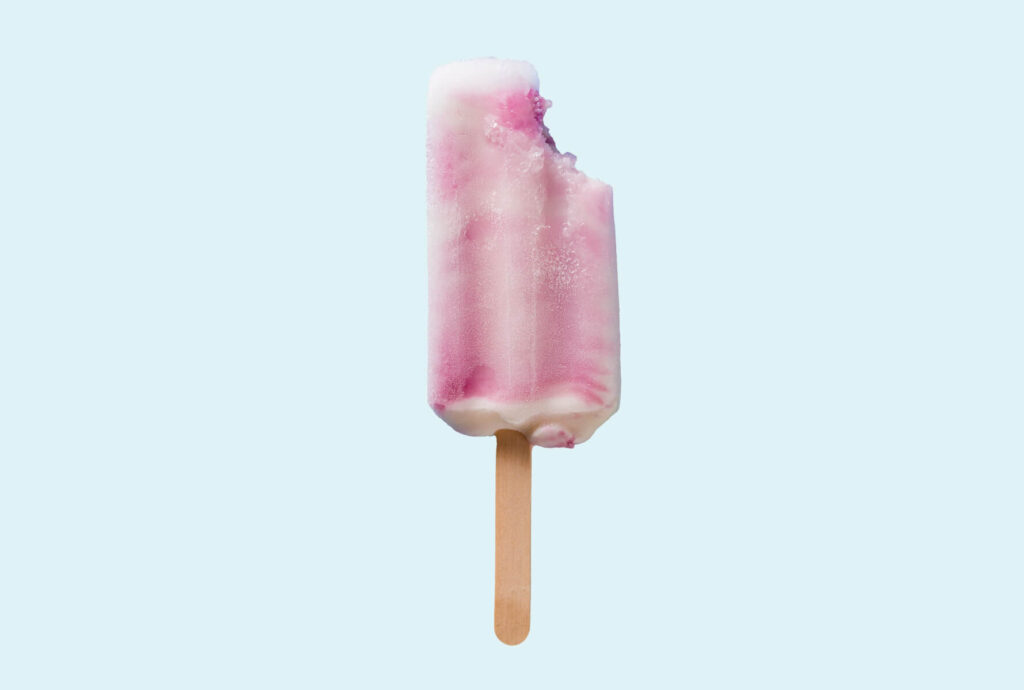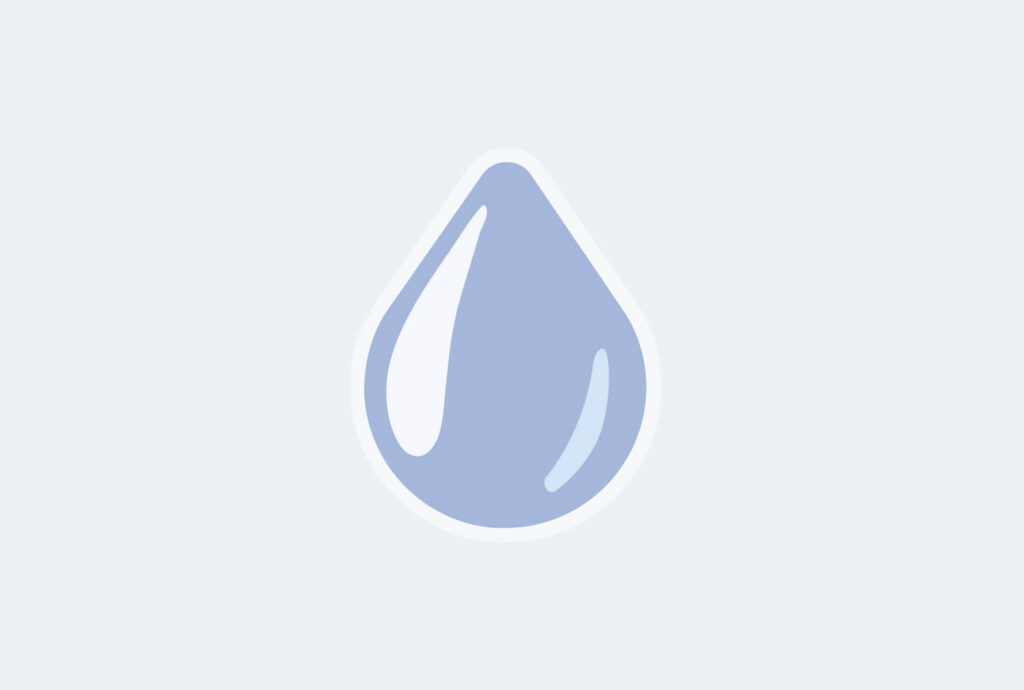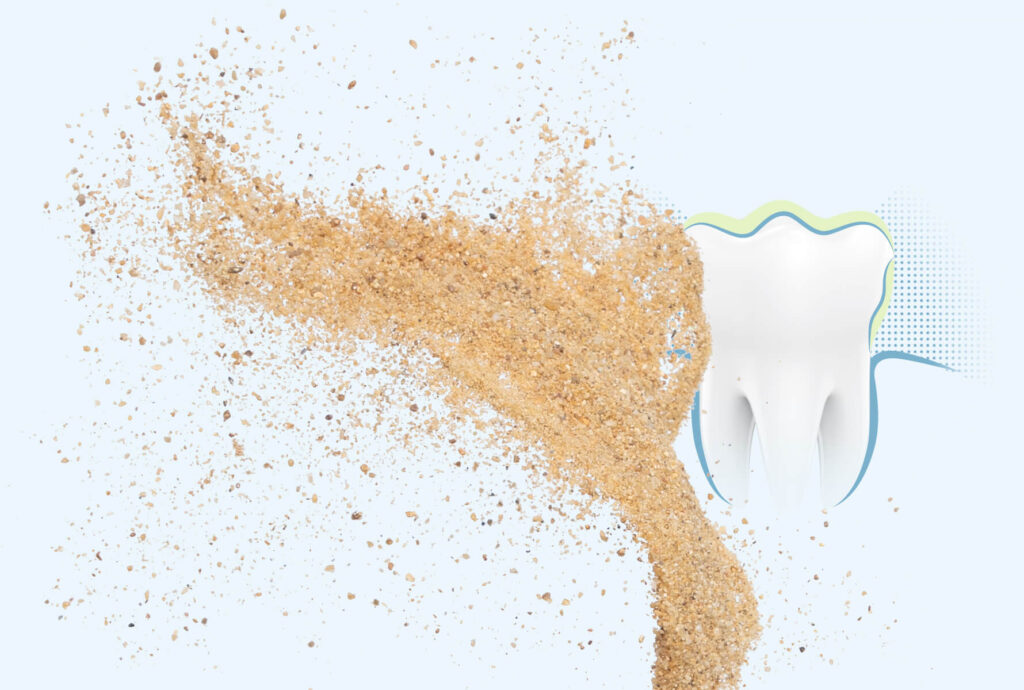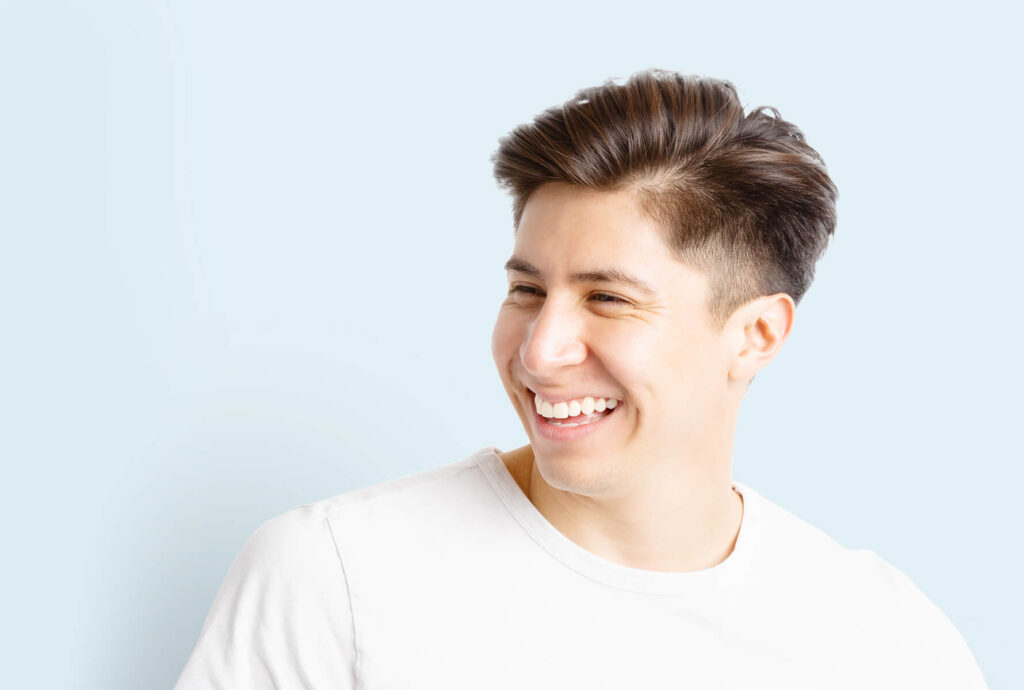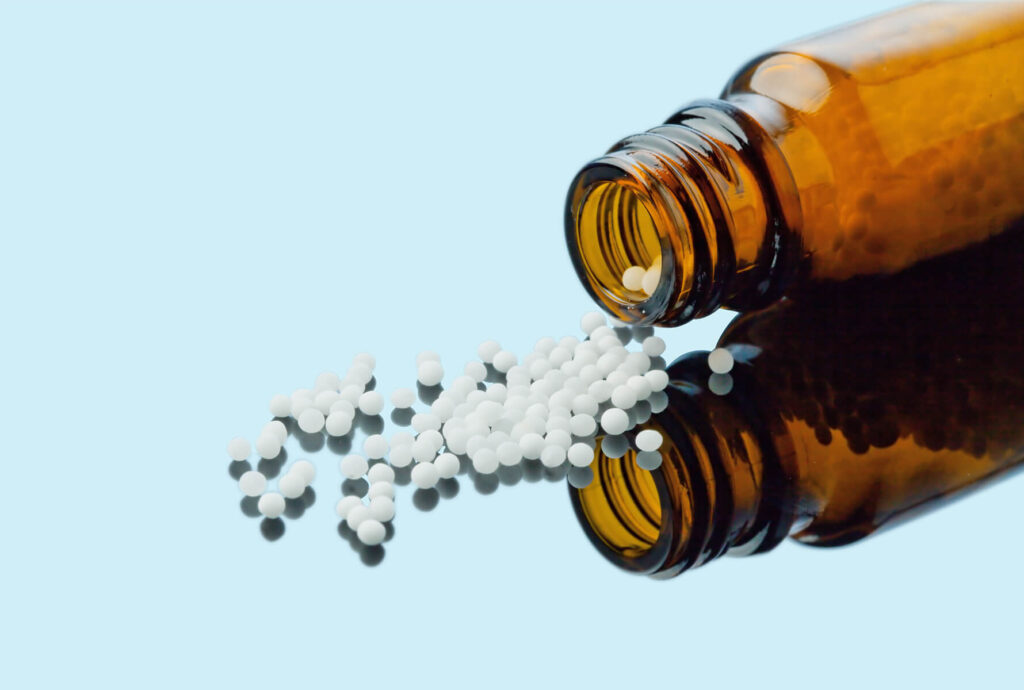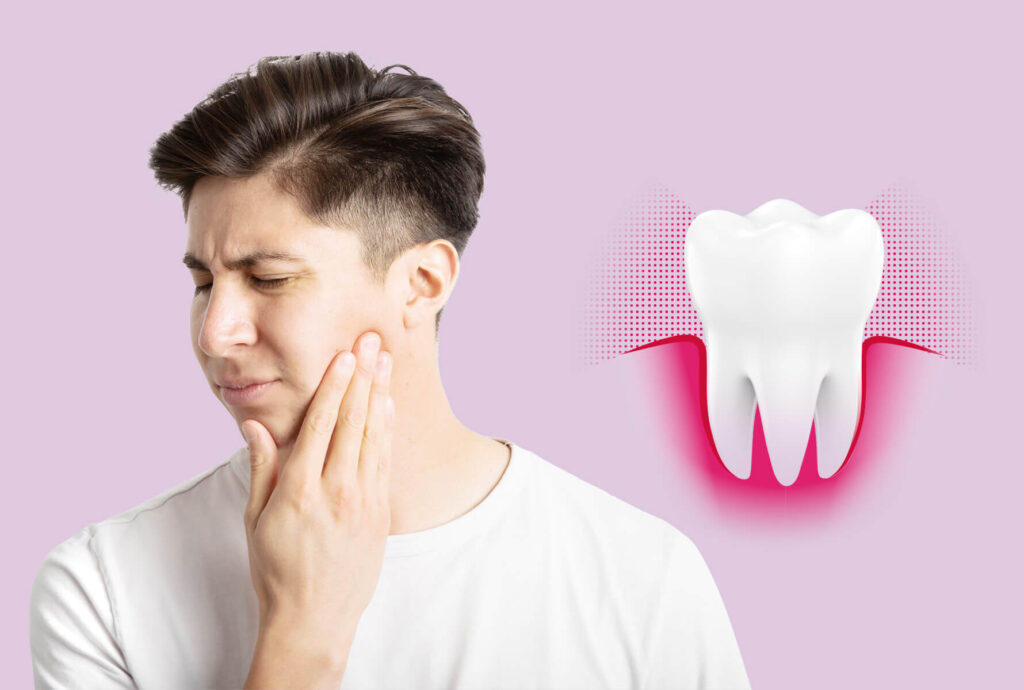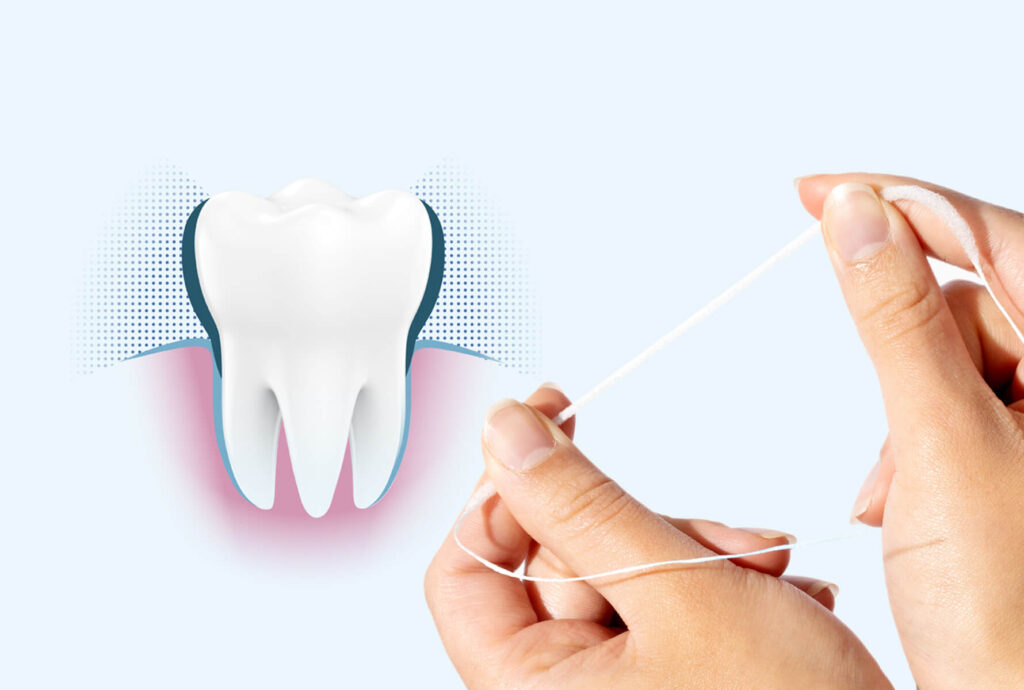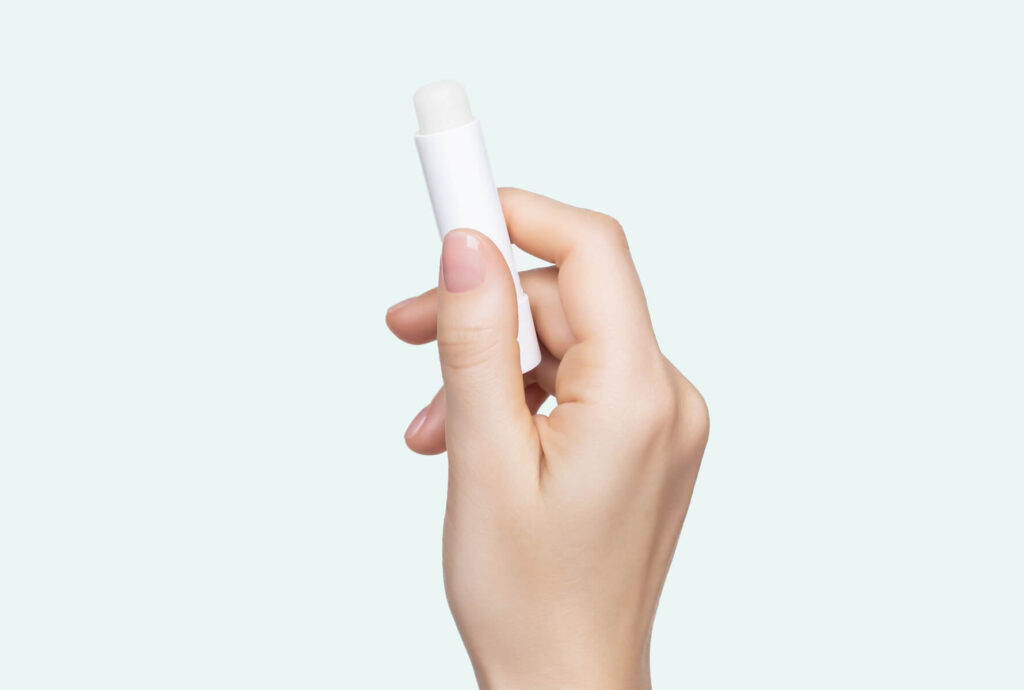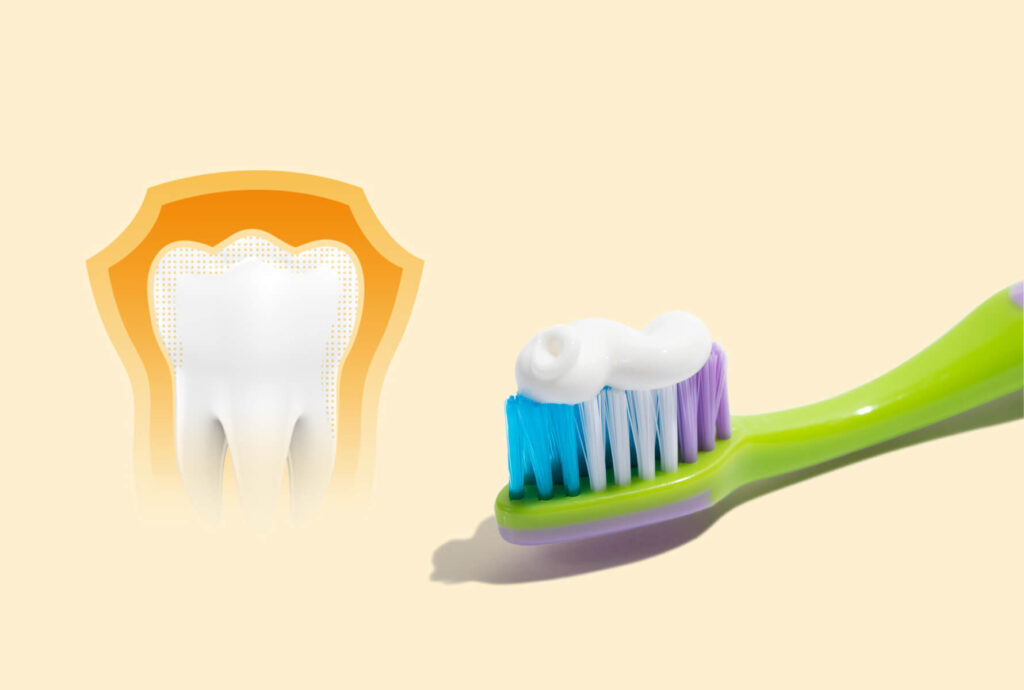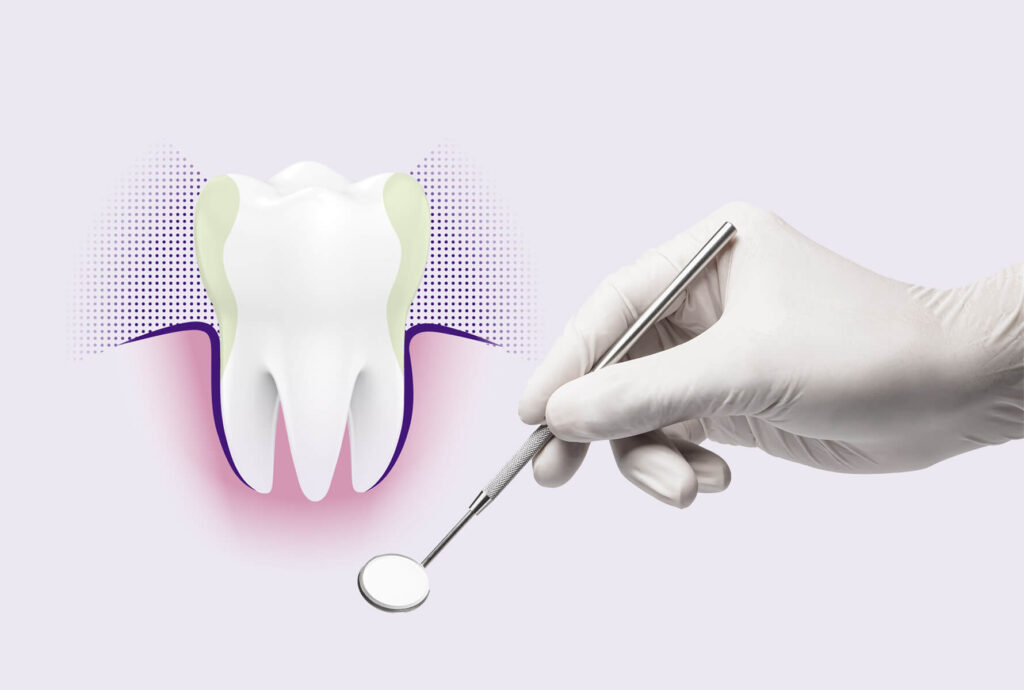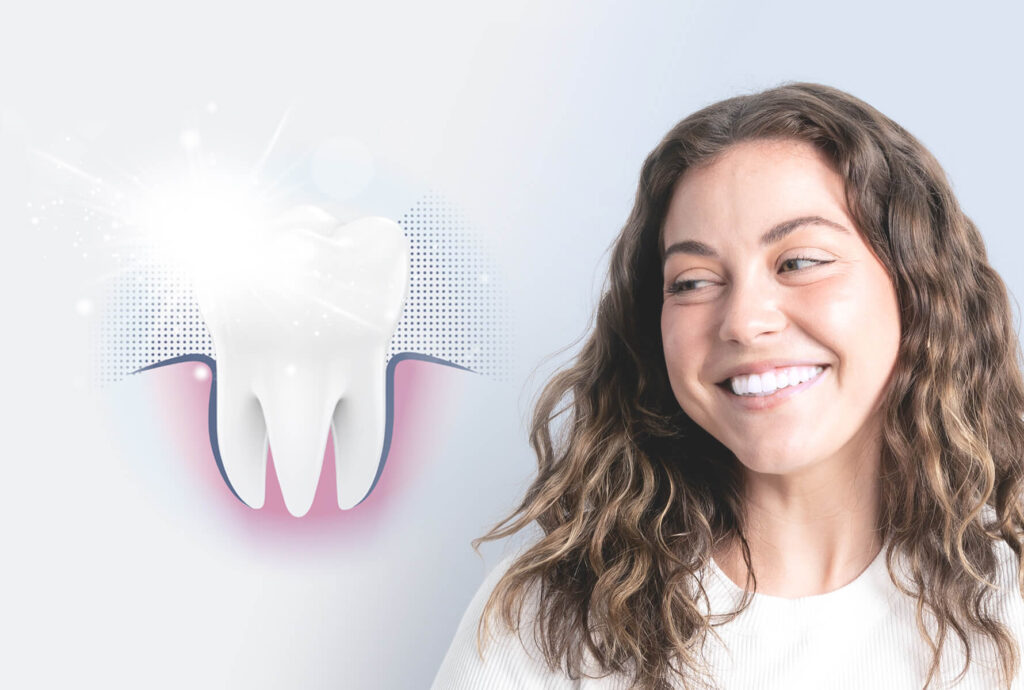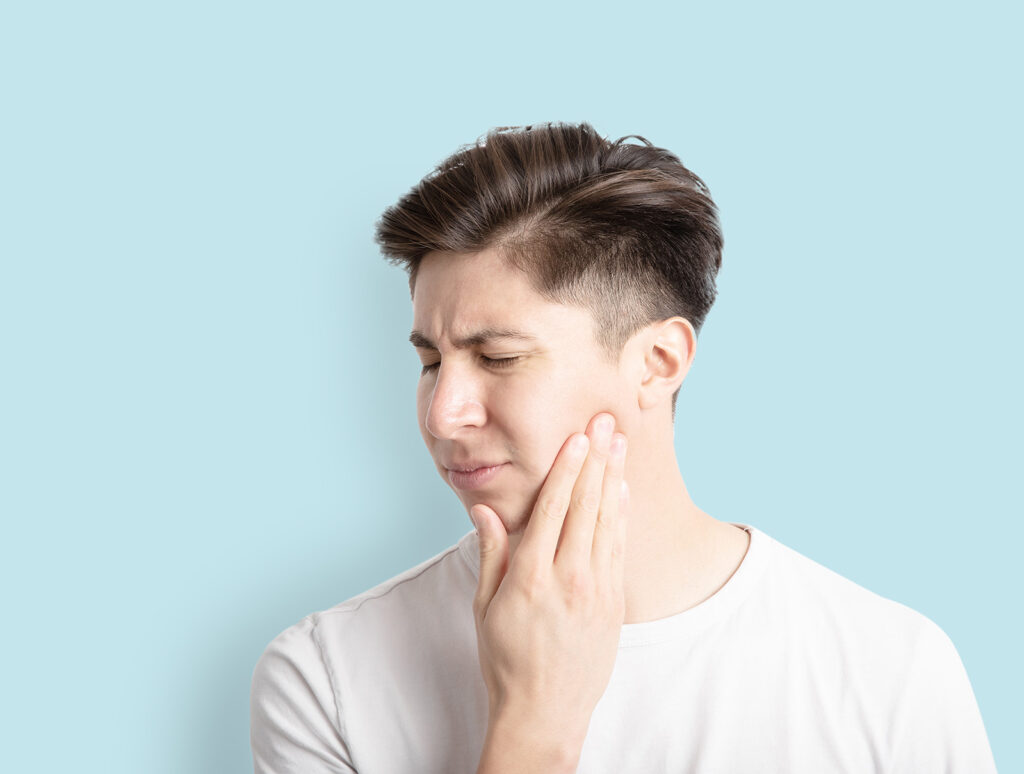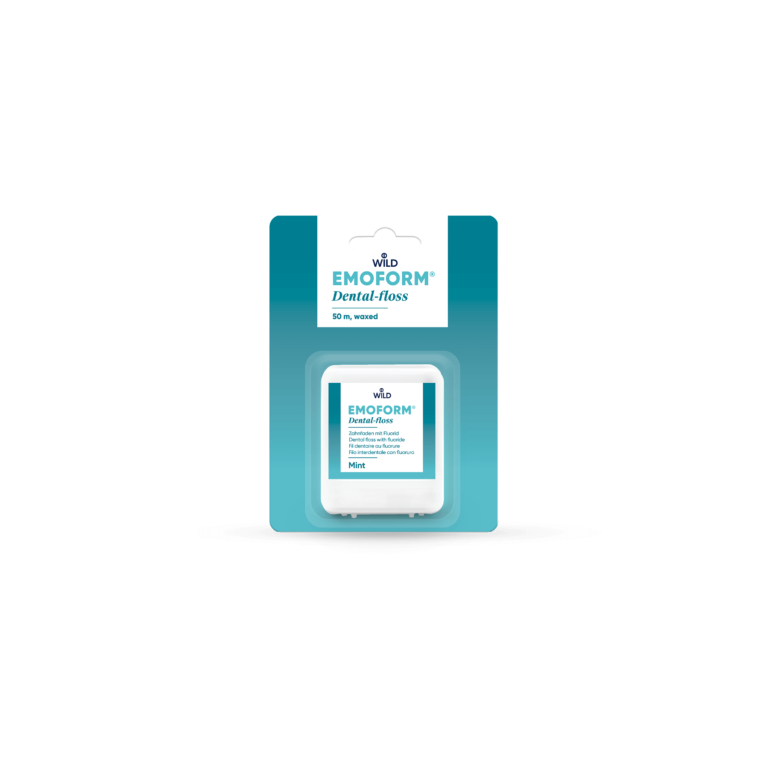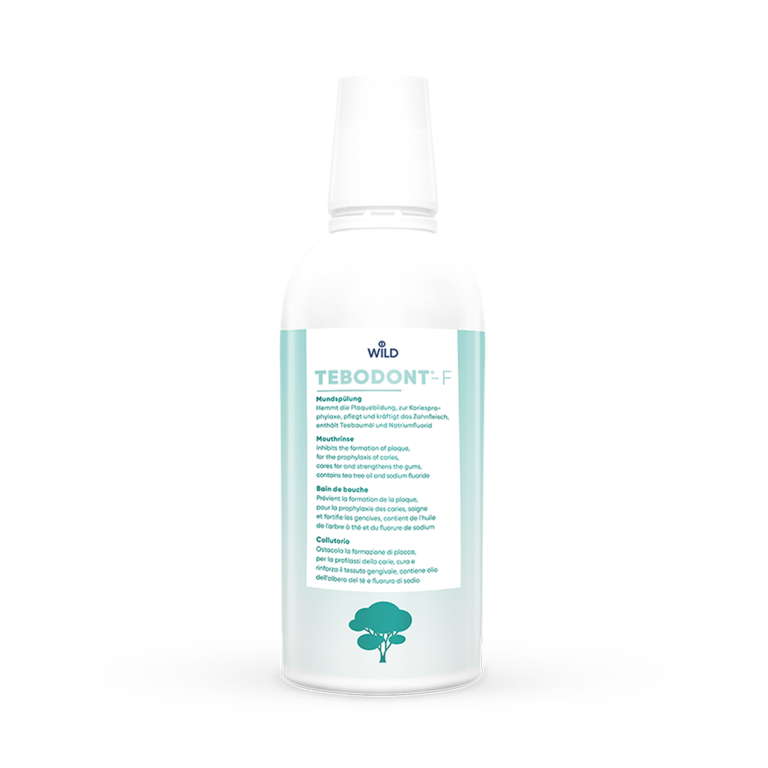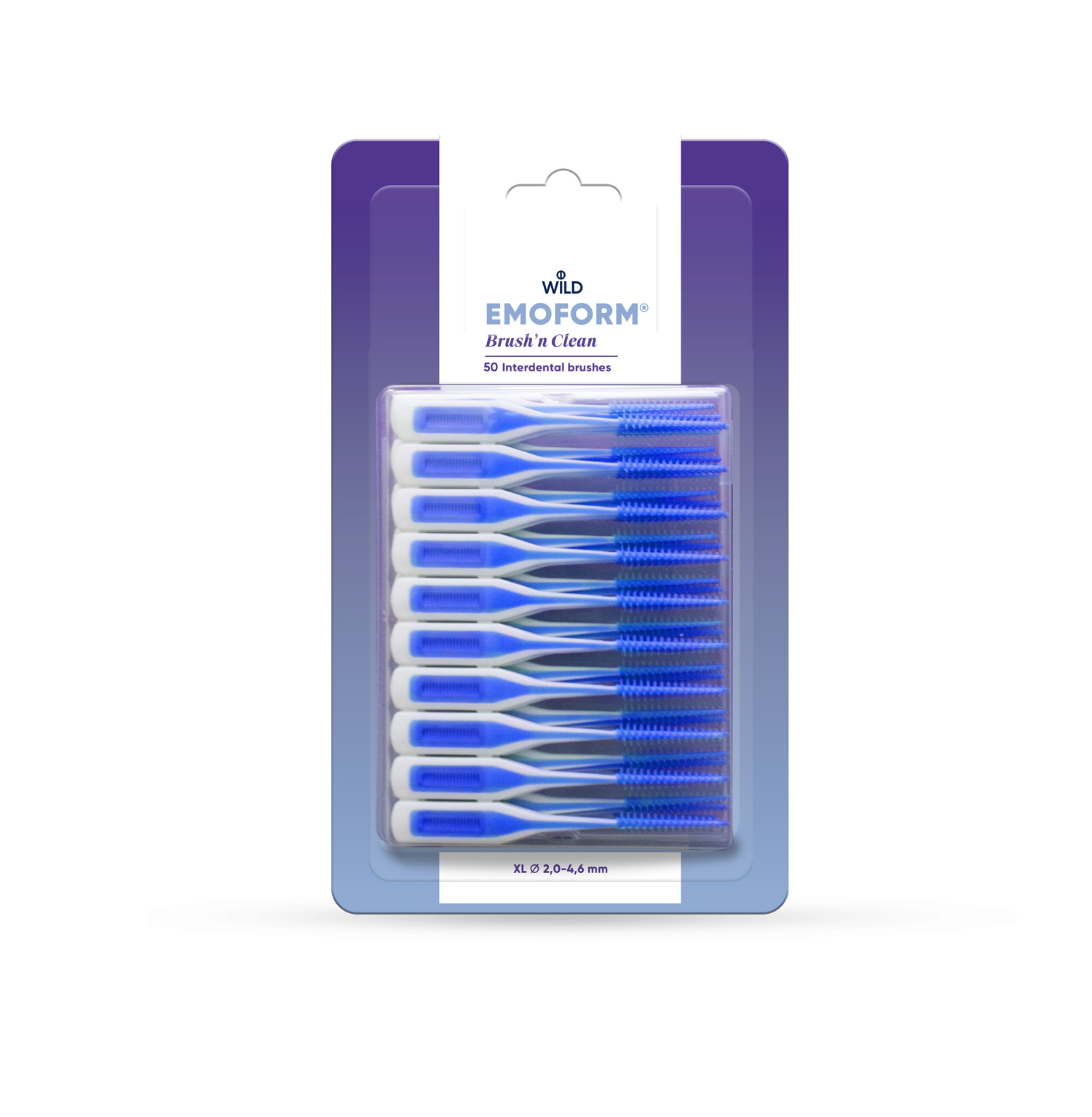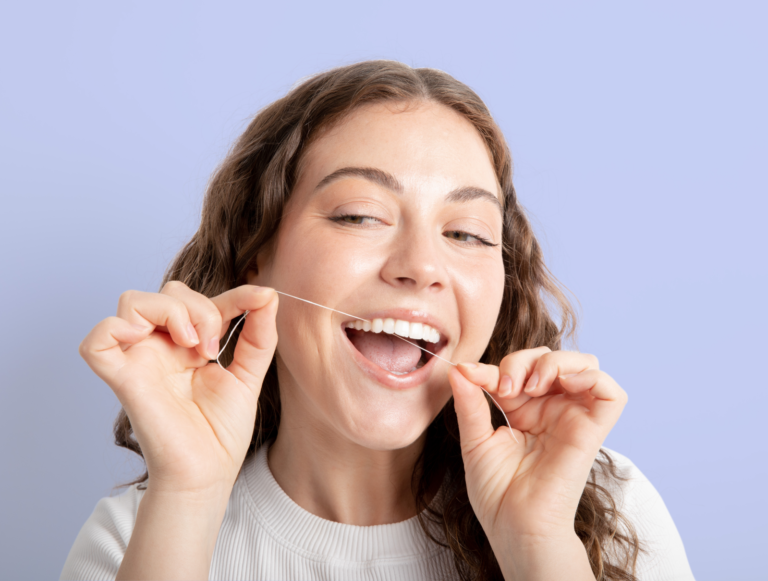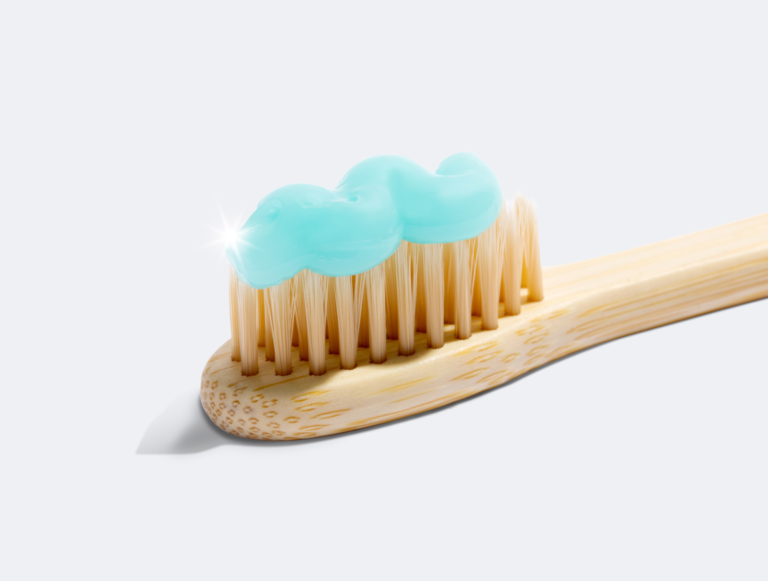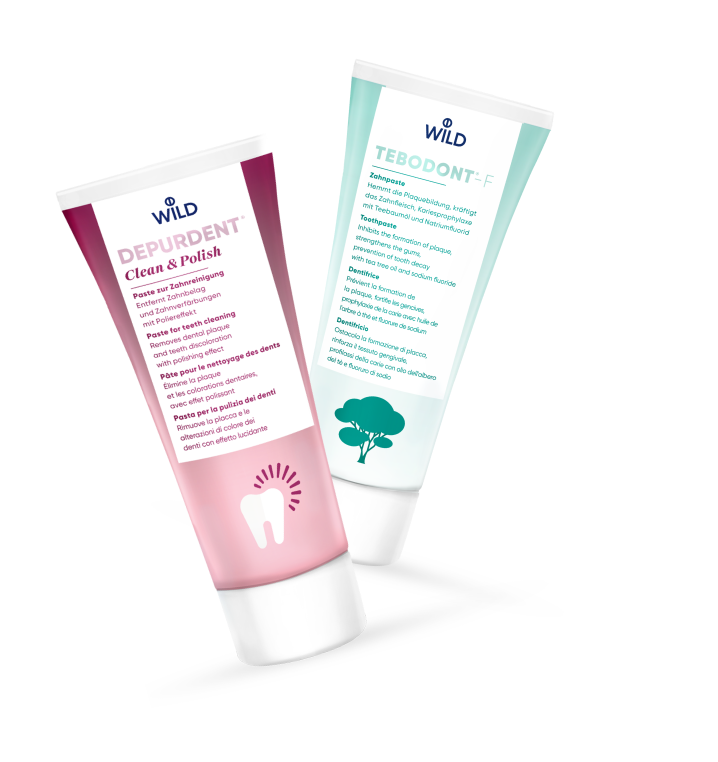The right dental care for babies and toddlers from the first milk tooth
Parents need to pay sufficient attention to their child's first milk tooth so that the child's teeth can develop optimally - this lays the foundation for long-term dental health.
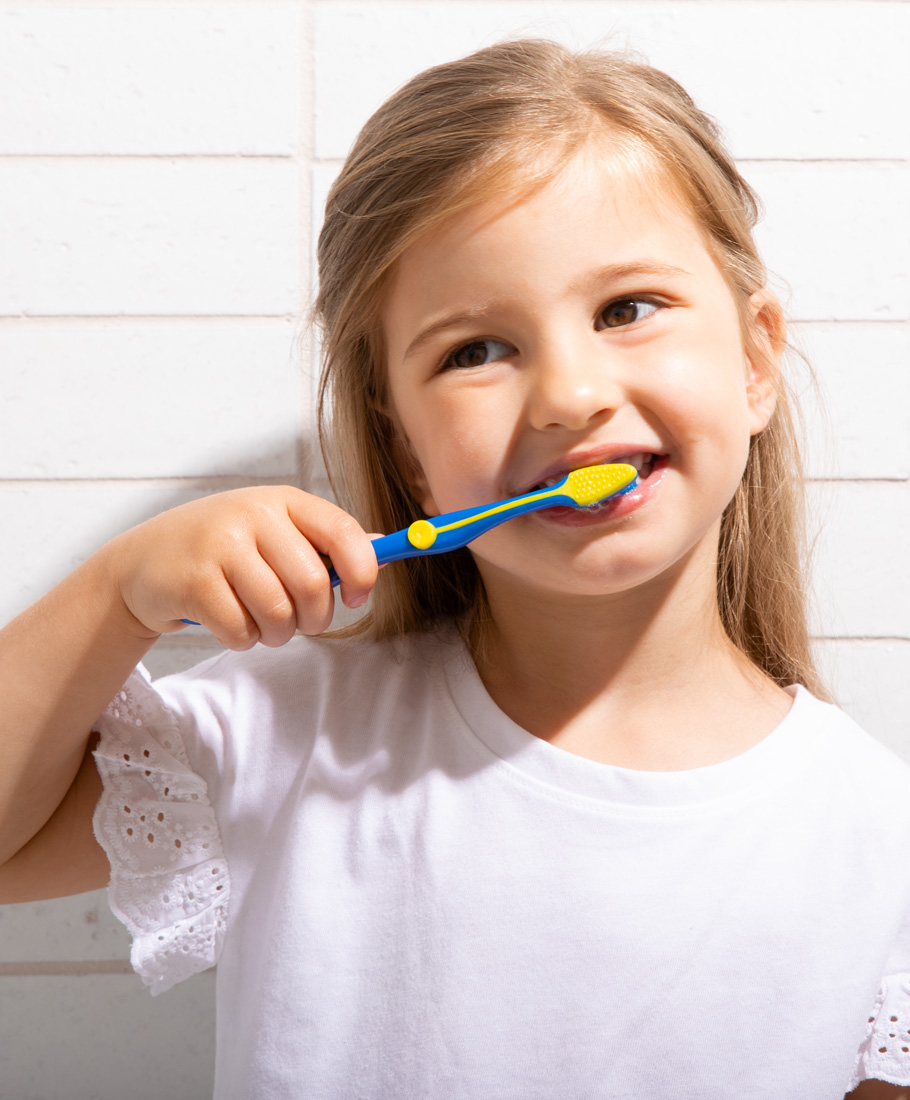
Babies get their first milk teeth at around 6 months of age.
Milk teeth are important for a child to be able to chew and speak properly.
However, the care of these first teeth is often neglected or started too late. As these teeth will fall out later anyway, parents are often not sufficiently aware that healthy milk teeth also fulfill another important function: they serve as placeholders for the permanent teeth that will grow in later. However, if they have to be extracted due to decay, they can no longer perform their function.
The new, permanent tooth then has too little space for healthy growth, as the surrounding teeth push into the resulting gap. This impairs the development of the dentition, which can lead to subsequent problems (such as malocclusion and speech disorders) and therefore to (avoidable) costly treatment.
Babies discover their environment to a large extent through their mouth and tongue. This can be used for the first contact with the toothbrush and make brushing later on much easier.
It is therefore best for parents to allow their baby to play with the toothbrush (still without toothpaste) before the first milk tooth appears so that they can get used to it. As soon as the first milk tooth erupts, it should be brushed once a day with a soft toothbrush and a pea-sized amount of children’s toothpaste, preferably in the evening before bedtime.
As soon as the first molar erupts or from the second birthday at the latest, milk teeth should be brushed twice a day (after eating). At this age, the toddler’s instinct to imitate is so pronounced that they can brush their own teeth, of course always under parental supervision. However, as fine motor skills are not yet sufficiently developed in toddlers, parents should continue to brush (after words of praise and appreciation, of course!) until the child starts school.
This requires both patience and consistency. However, the tooth brushing ritual soon becomes a habit and a matter of course for both parents and their child. This means that brushing their teeth independently later on is usually no longer a problem.
The right toothpaste
Only children’s toothpaste should be used for milk teeth, as it has a lower fluoride content than adult toothpaste and small children usually swallow a little toothpaste and are not yet able to spit it out as well. Children only need a toothpaste with a higher fluoride content from the age of 6 or from the eruption of the first permanent tooth in order to protect the immature enamel of these new teeth. The use of a junior toothpaste is recommended here, as it has a more pleasant taste for children.
Further information can be obtained, for example, from the SSO (Swiss Dental Association) and the ZZM (Center for Dental Medicine at the University of Zurich).
Matching products
More articles on this topic
